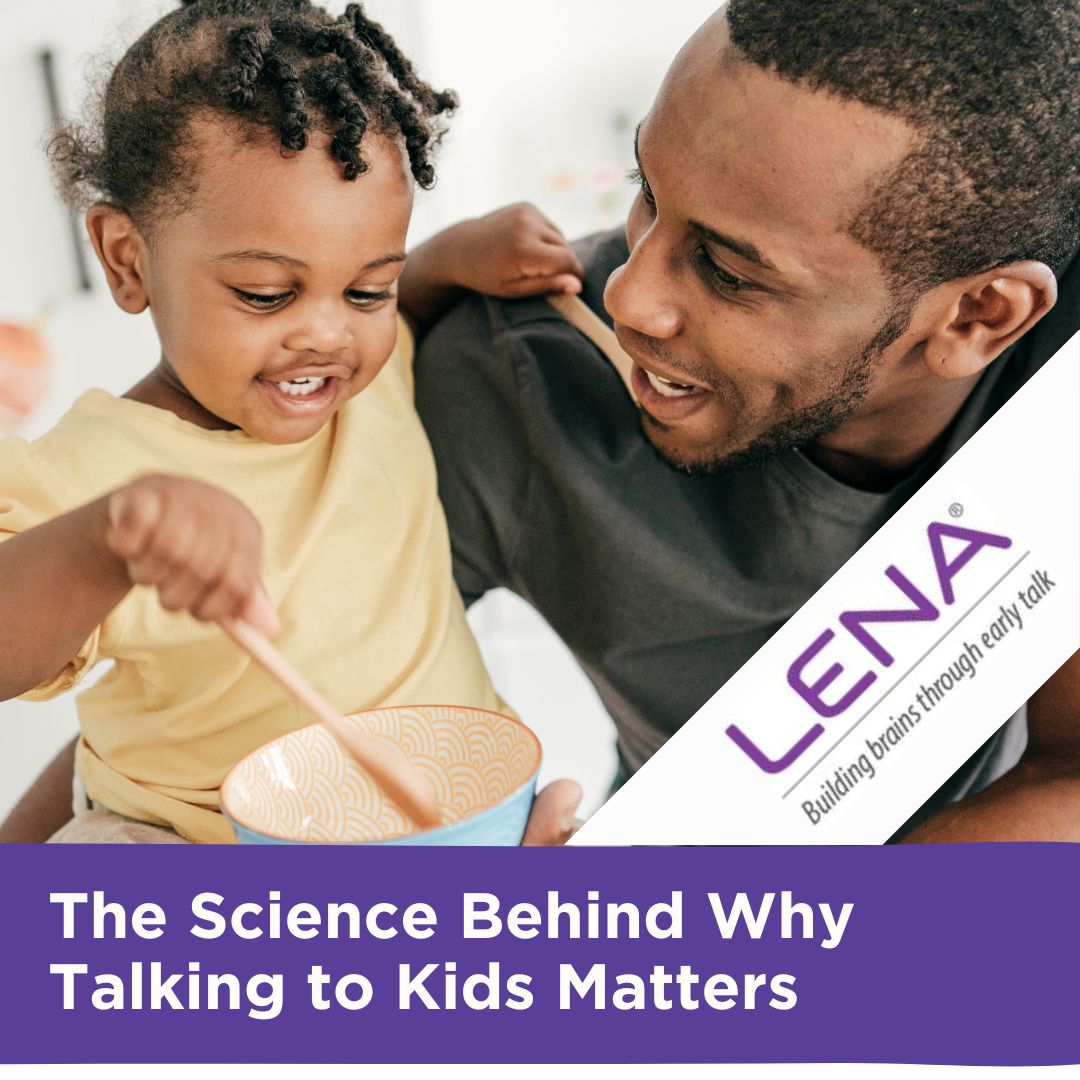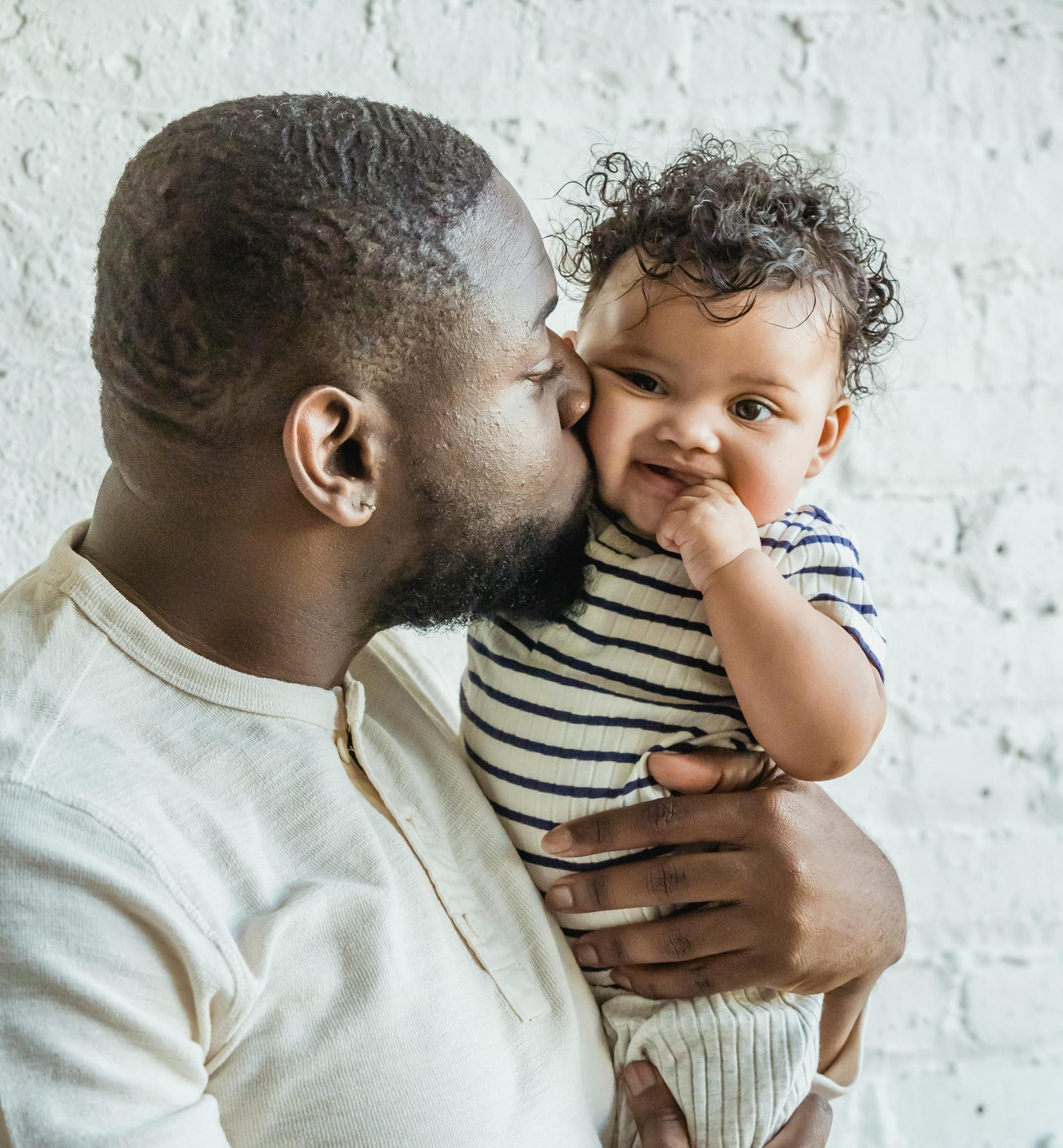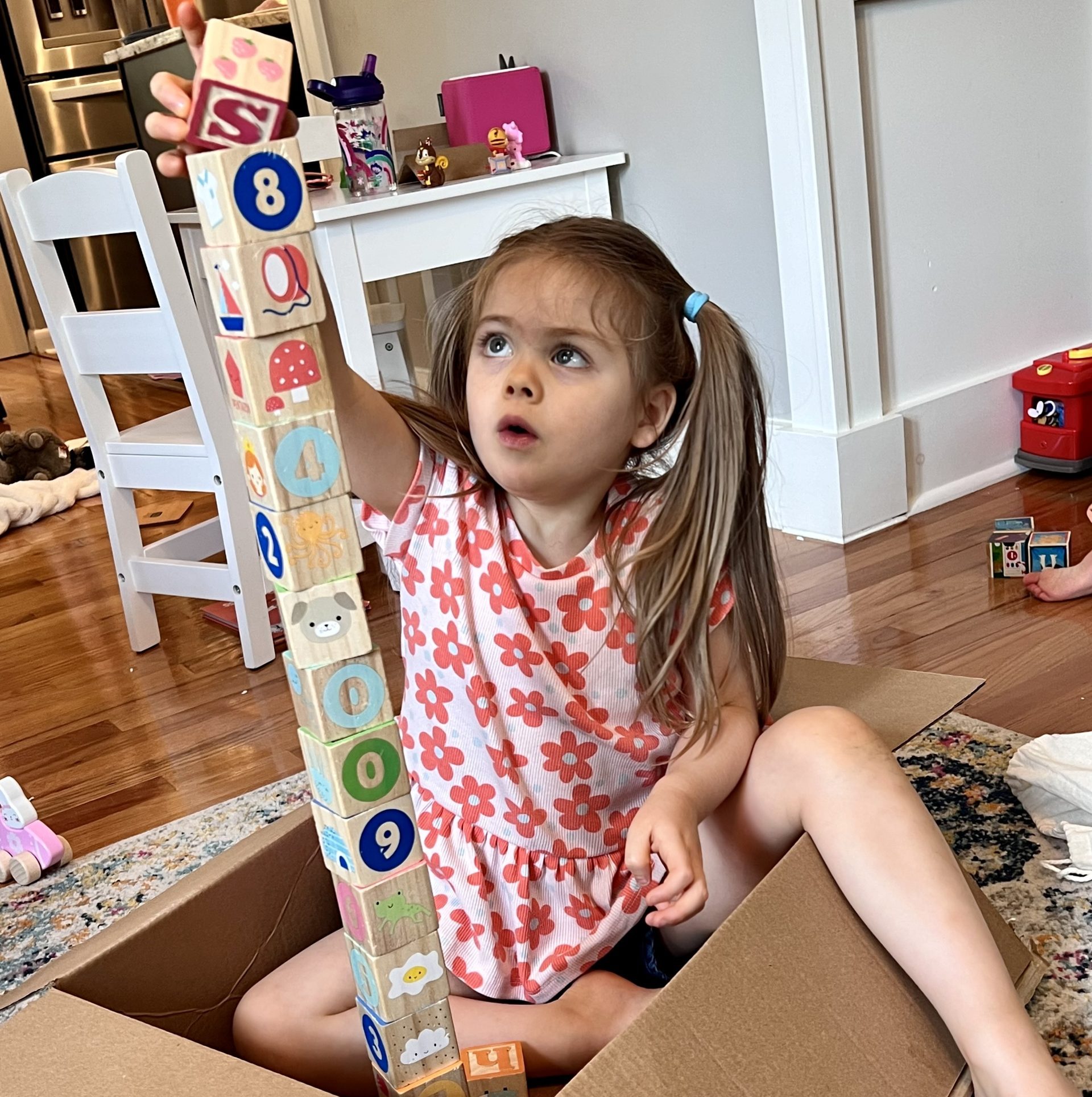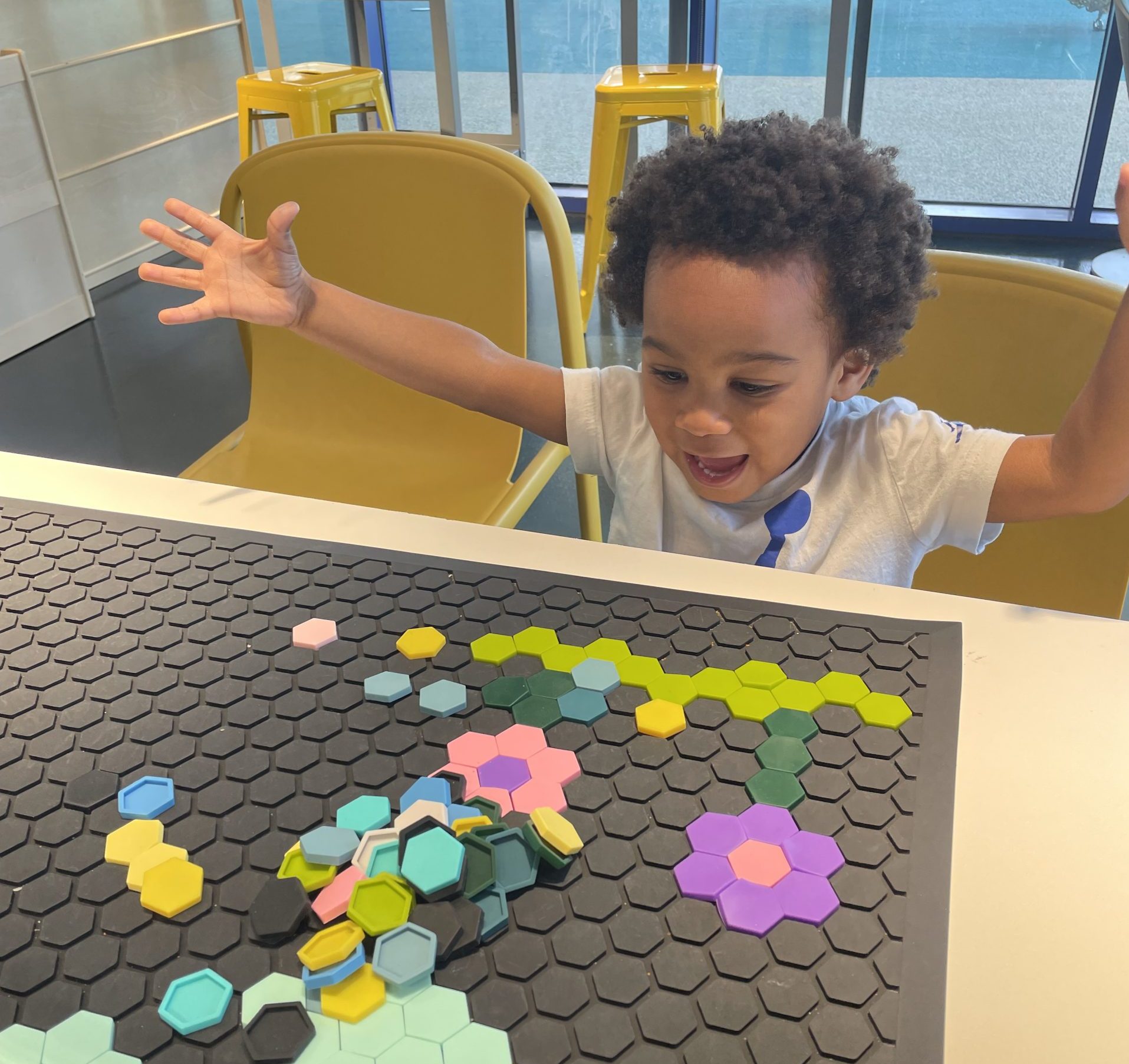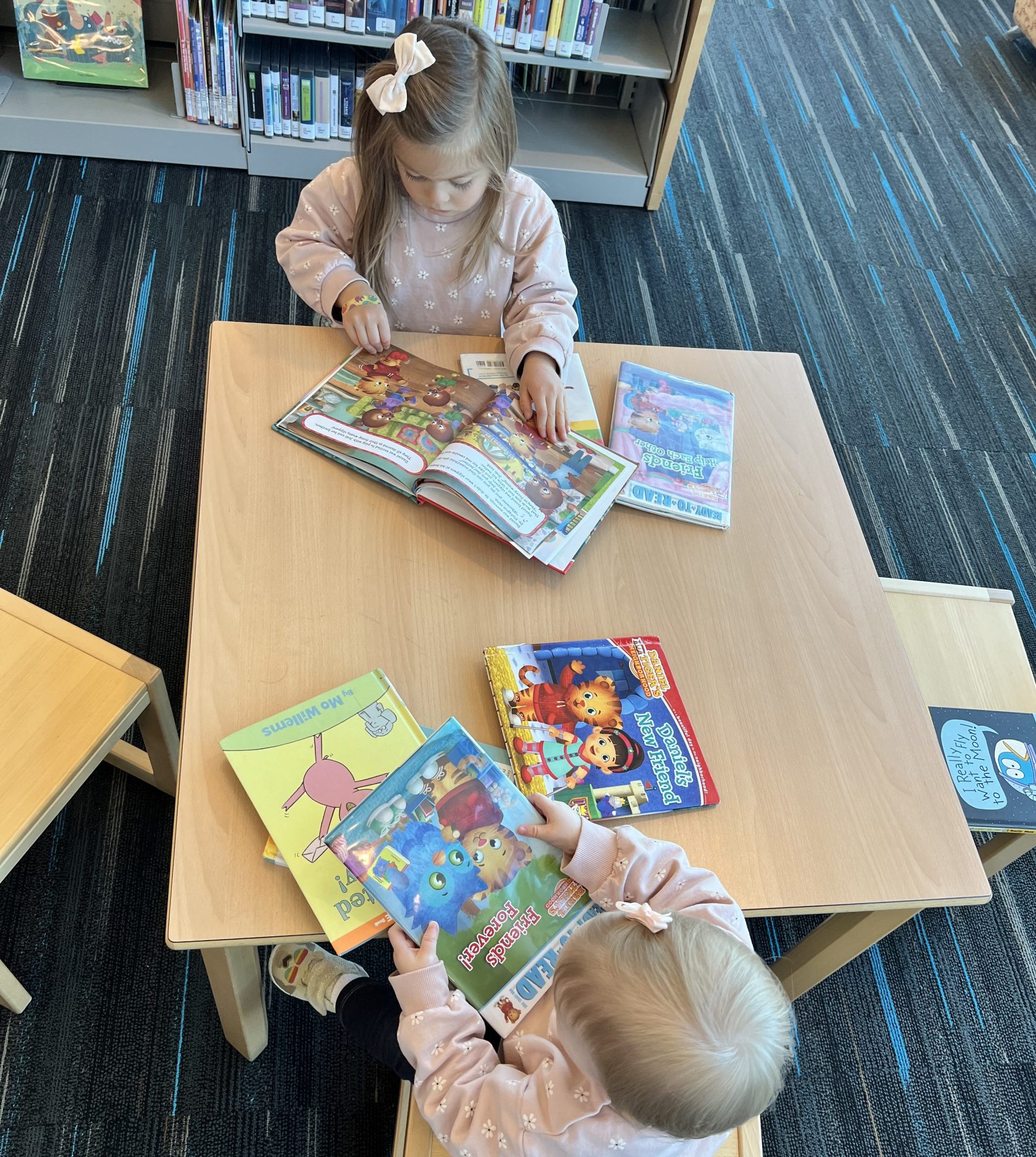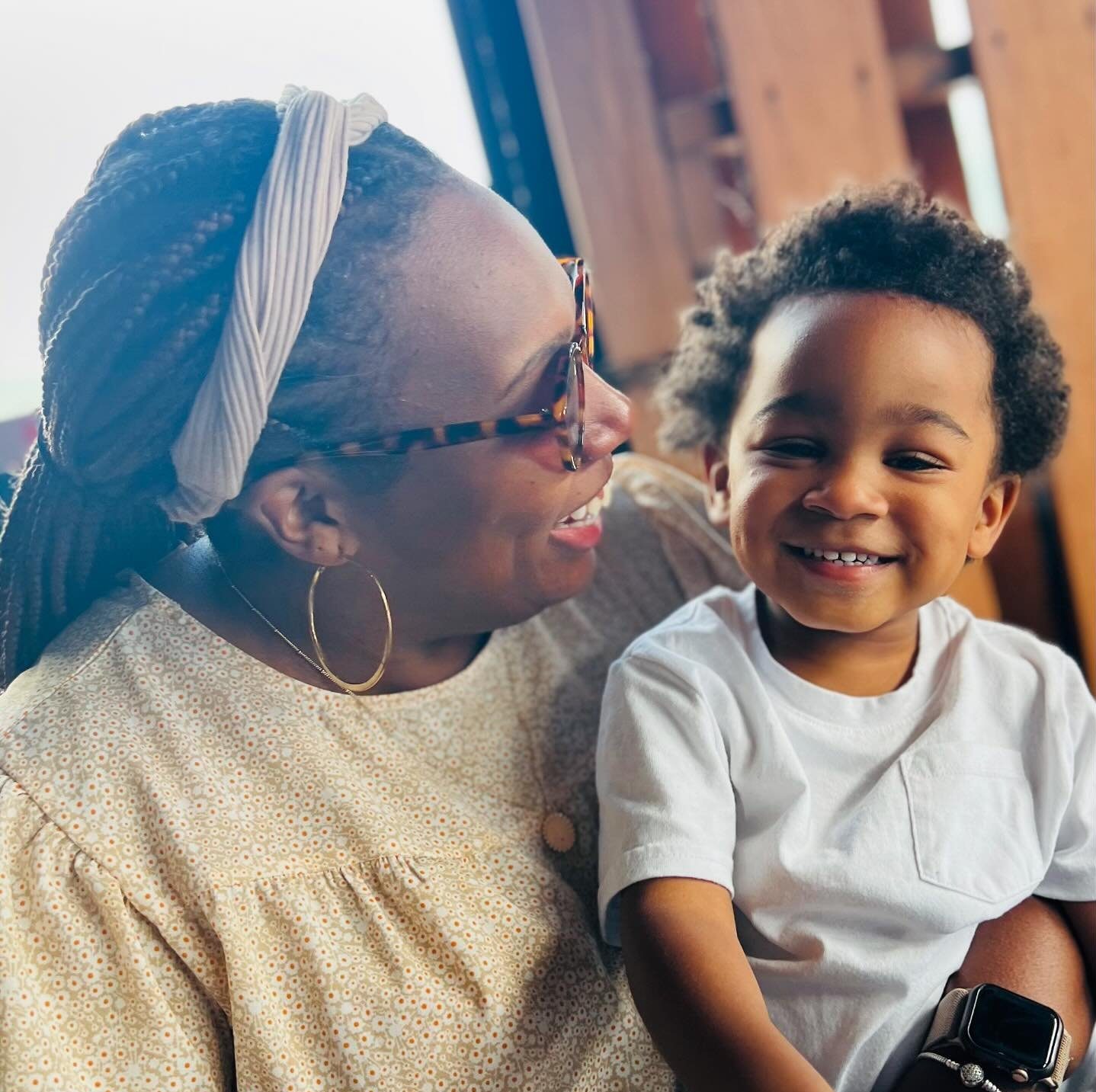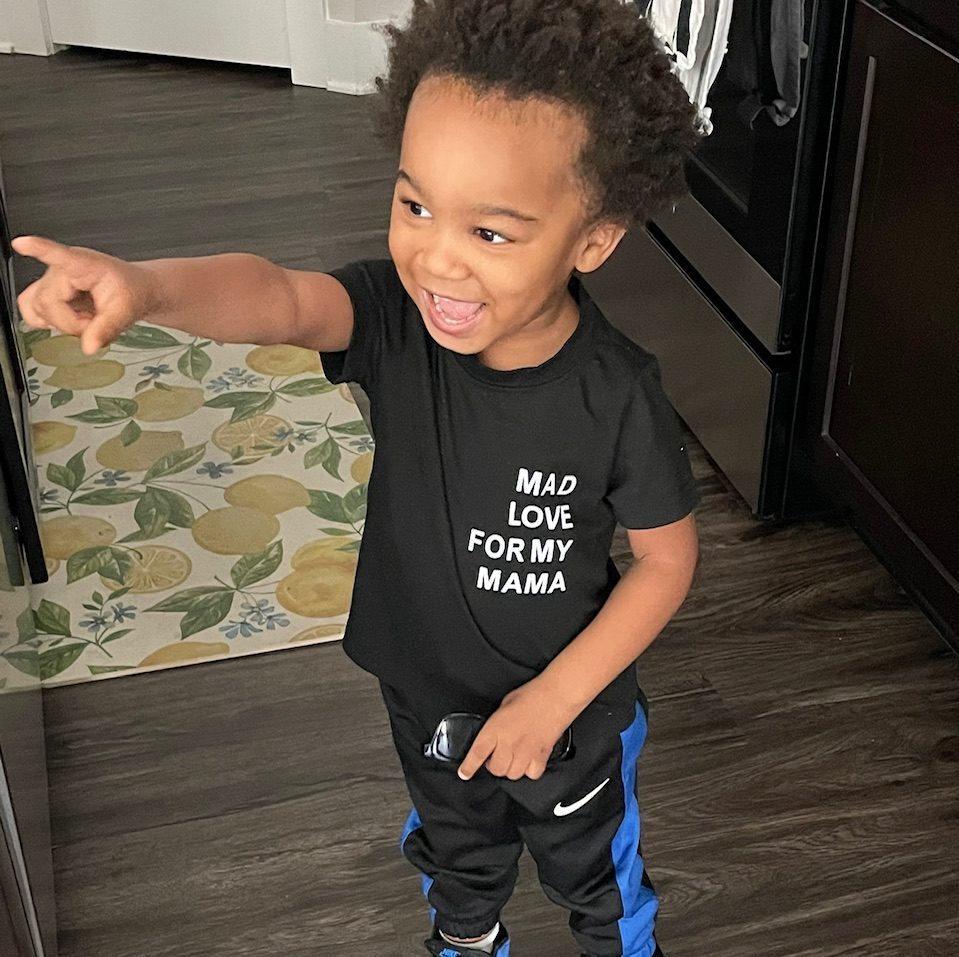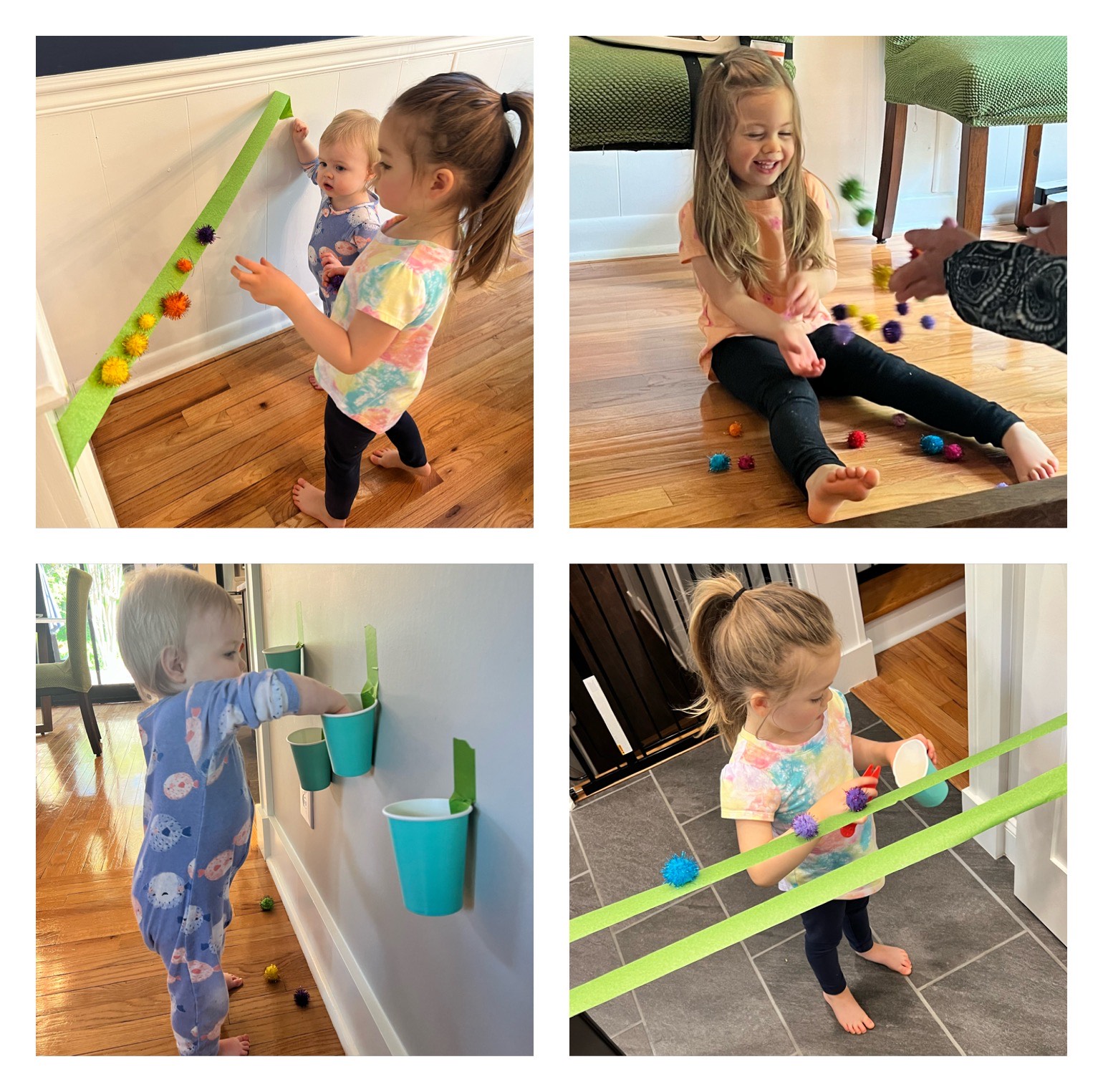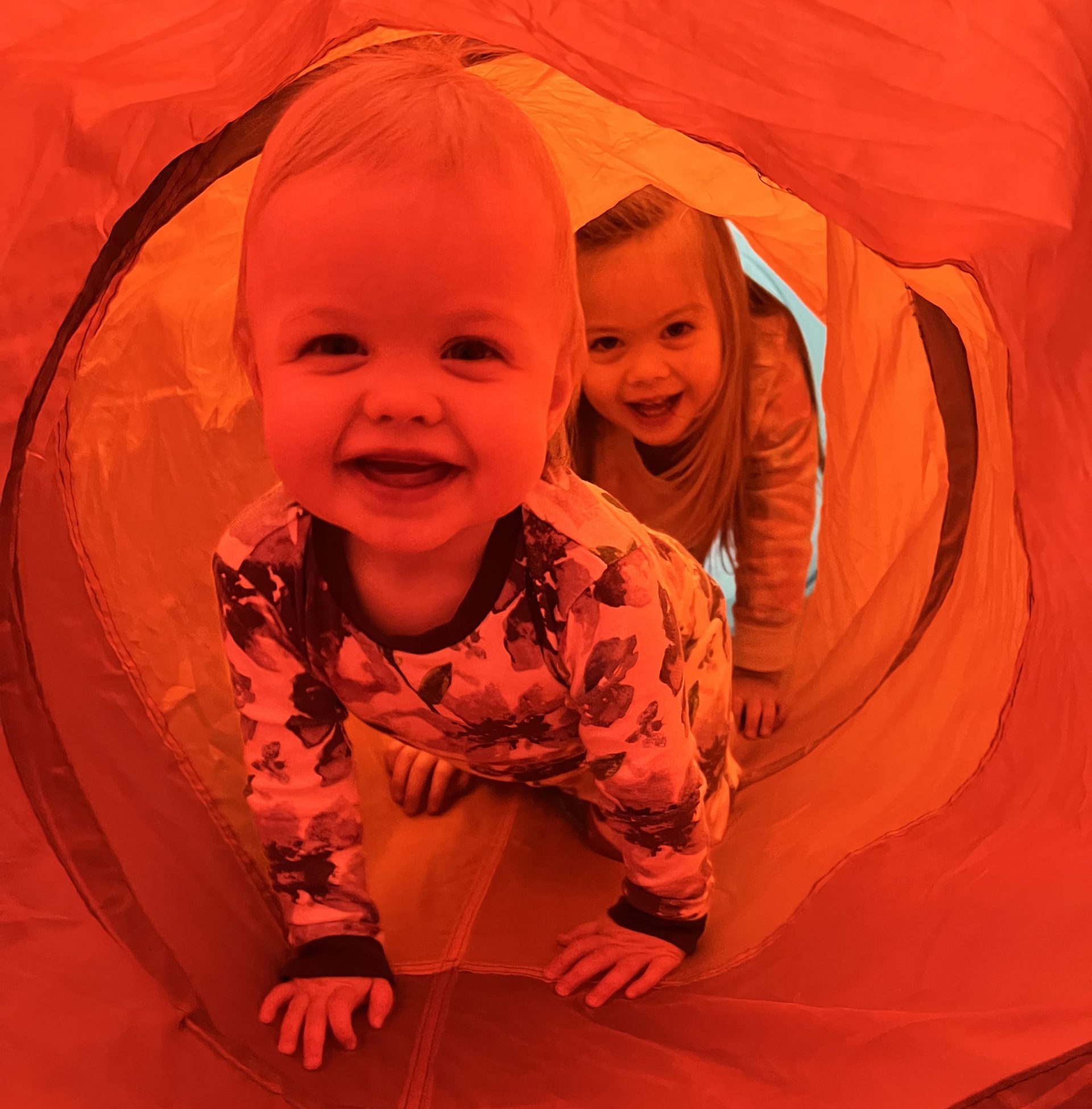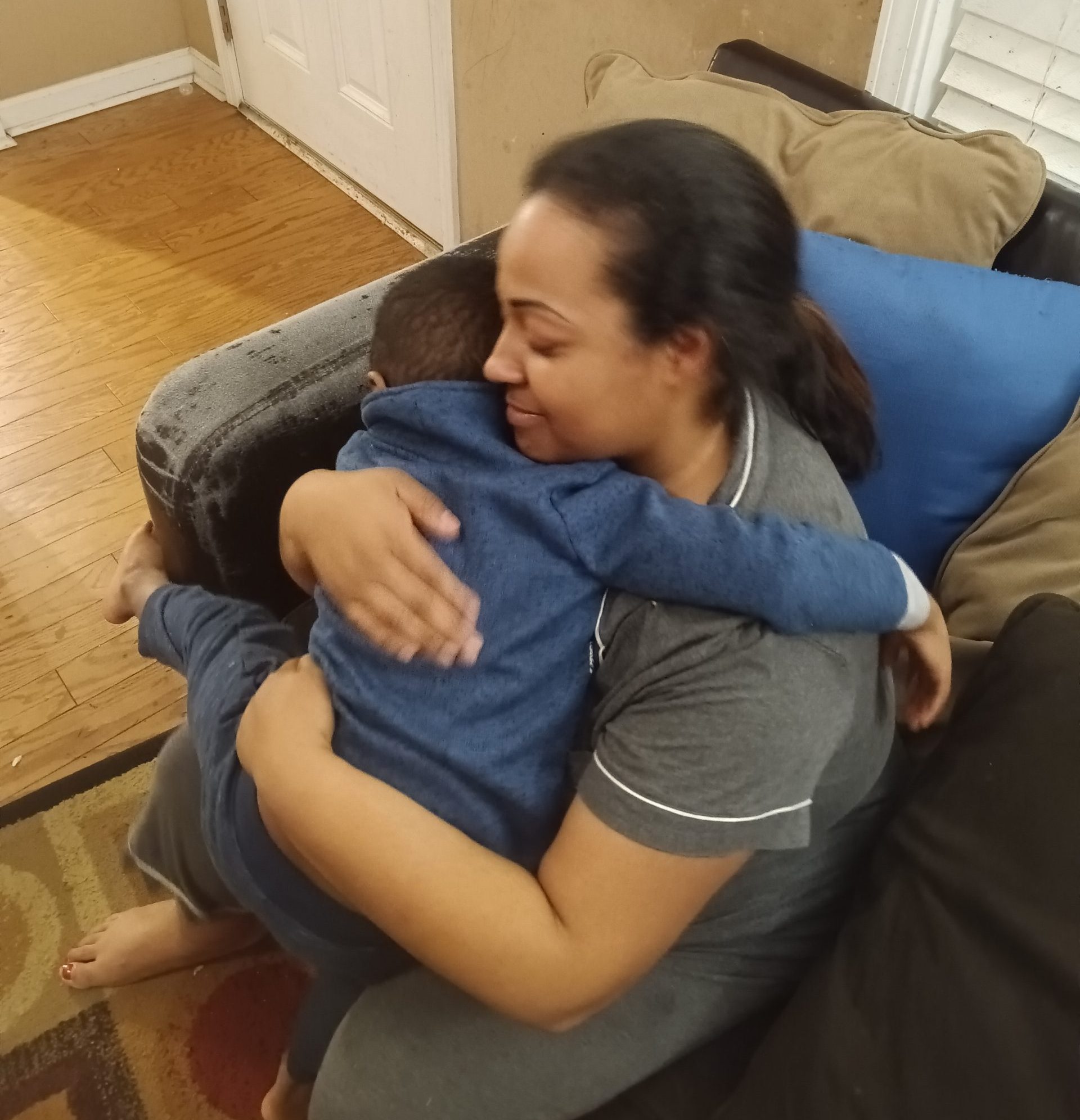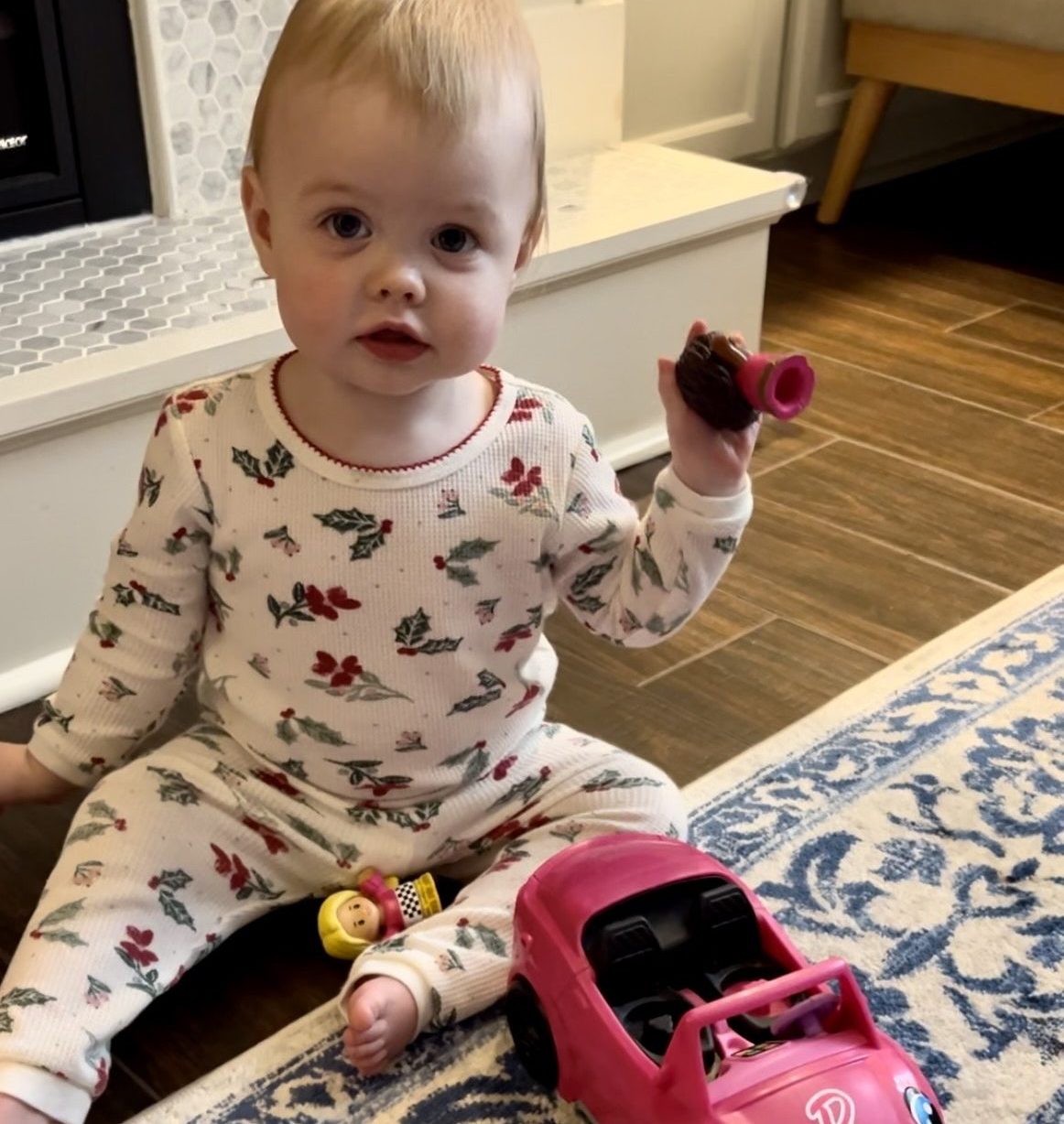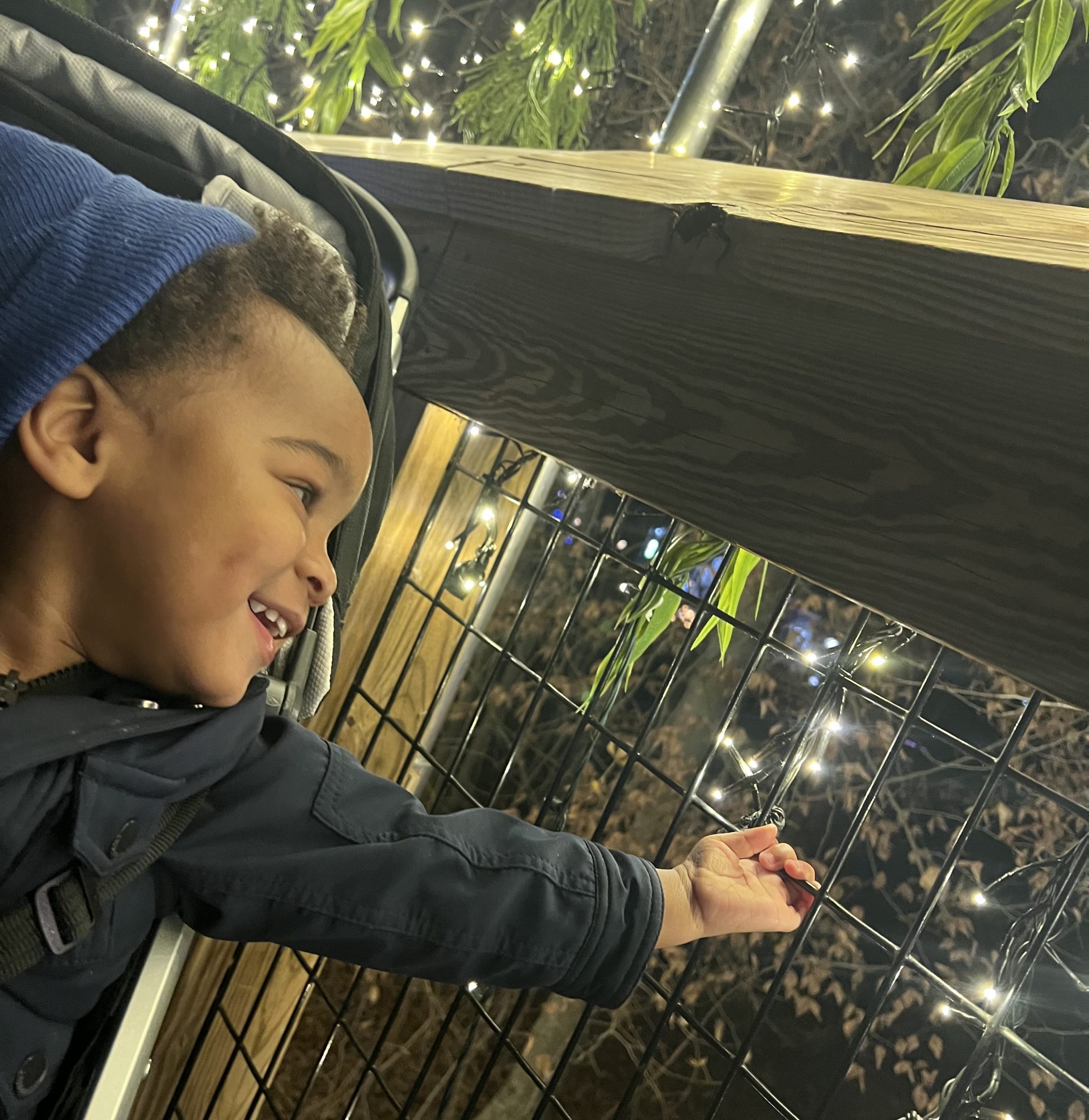STAYING CALM DURING TODDLER EMOTIONS | Lately, Titus has been experiencing what we call “big feelings.” From happiness to sadness, love to frustration, and even fear, his emotions have been coming in full force. We know that these feelings are an important part of his development, so we make it a priority to let him fully experience them. Then, we talk through those emotions and gently guide him on how to manage them.
As we incorporate The Basic – Maximize Love, Manage Stress, we want to make sure Titus knows he can count on us. We respond to his needs; making sure he feels secure and loved. Sometimes that means giving him a hug when he’s sad or simply sitting quietly next to him until he’s ready to talk. We reassure him that his feelings are validated.
One recent challenge for Titus has been walking down the stairs. He’s been feeling scared about taking steps on his own. Instead of picking him up or rushing him through the moment, we’ve chosen to be by his side, cheering him on. We stand patiently, letting him take his time, and encourage him to take each step when he’s ready. Sometimes he pauses, and that’s okay. We celebrate every accomplishment, even the little ones, and we always make sure to tell him how proud we are once he reaches the bottom.
As every parent knows, toddler emotions can flip in an instant. One moment Titus is laughing, and the next, he’s overwhelmed with tears. These mood swings can be overwhelming for us as well, but we remind ourselves that it’s essential to stay calm. When we’re grounded, it helps ease his stress, and it teaches him that even in overwhelming moments, there’s a way to manage those feelings. When he isn’t in a place of constant stress, it allows his brain and body to develop in a healthy way!
Now, staying calm isn’t always easy—trust me. But it’s important to give yourself grace. If we can keep our stress in check, we can be the best version of ourselves for our child(ren), showing them how to handle their emotions with love and patience.
Being there for Titus, whether it’s through supporting his big feelings or celebrating his small victories, is one of the greatest joys and challenges of this parenting journey. And through it all, we’re constantly reminded that love, patience, and encouragement make all the difference.
By Candace Martin

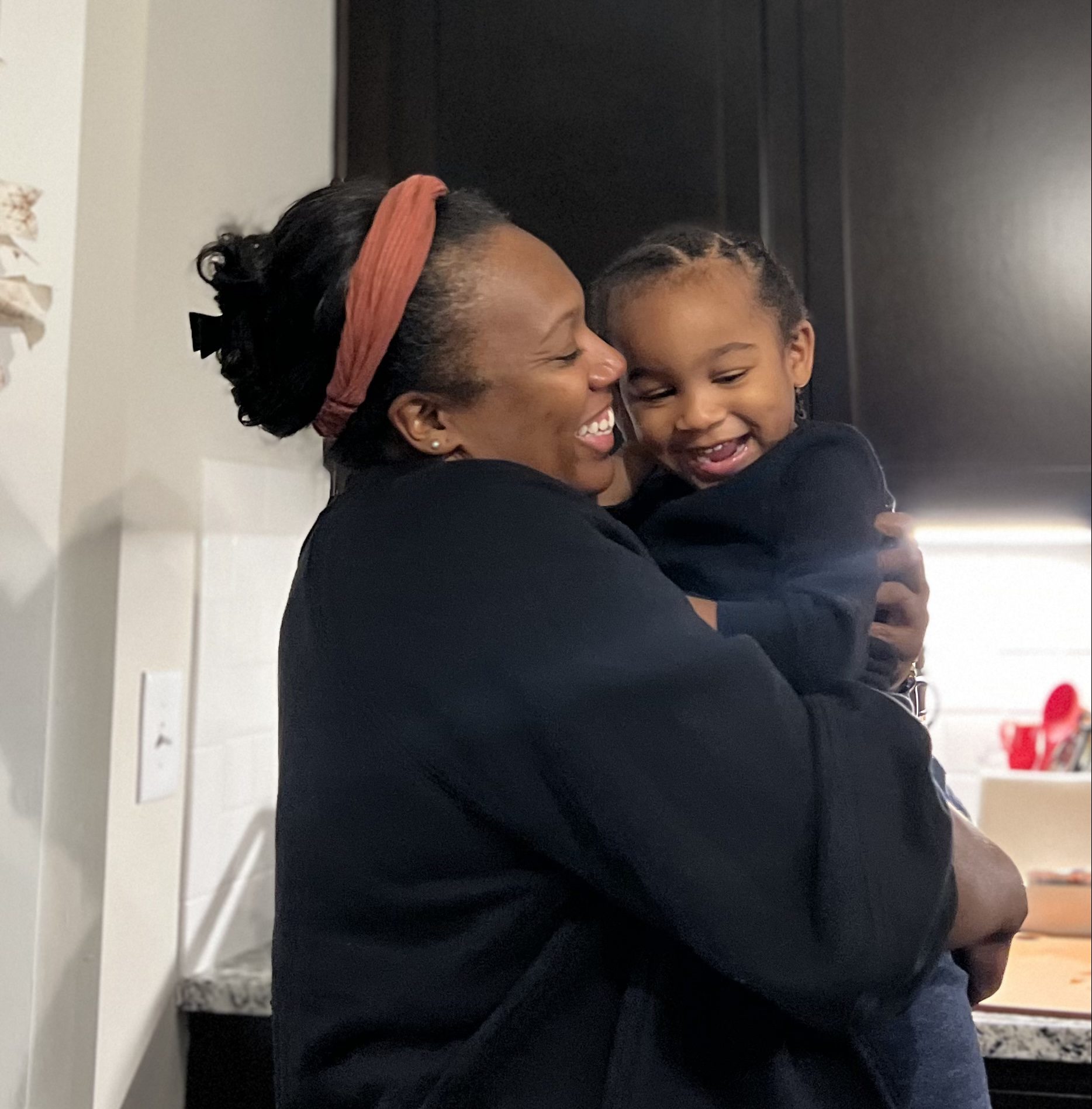
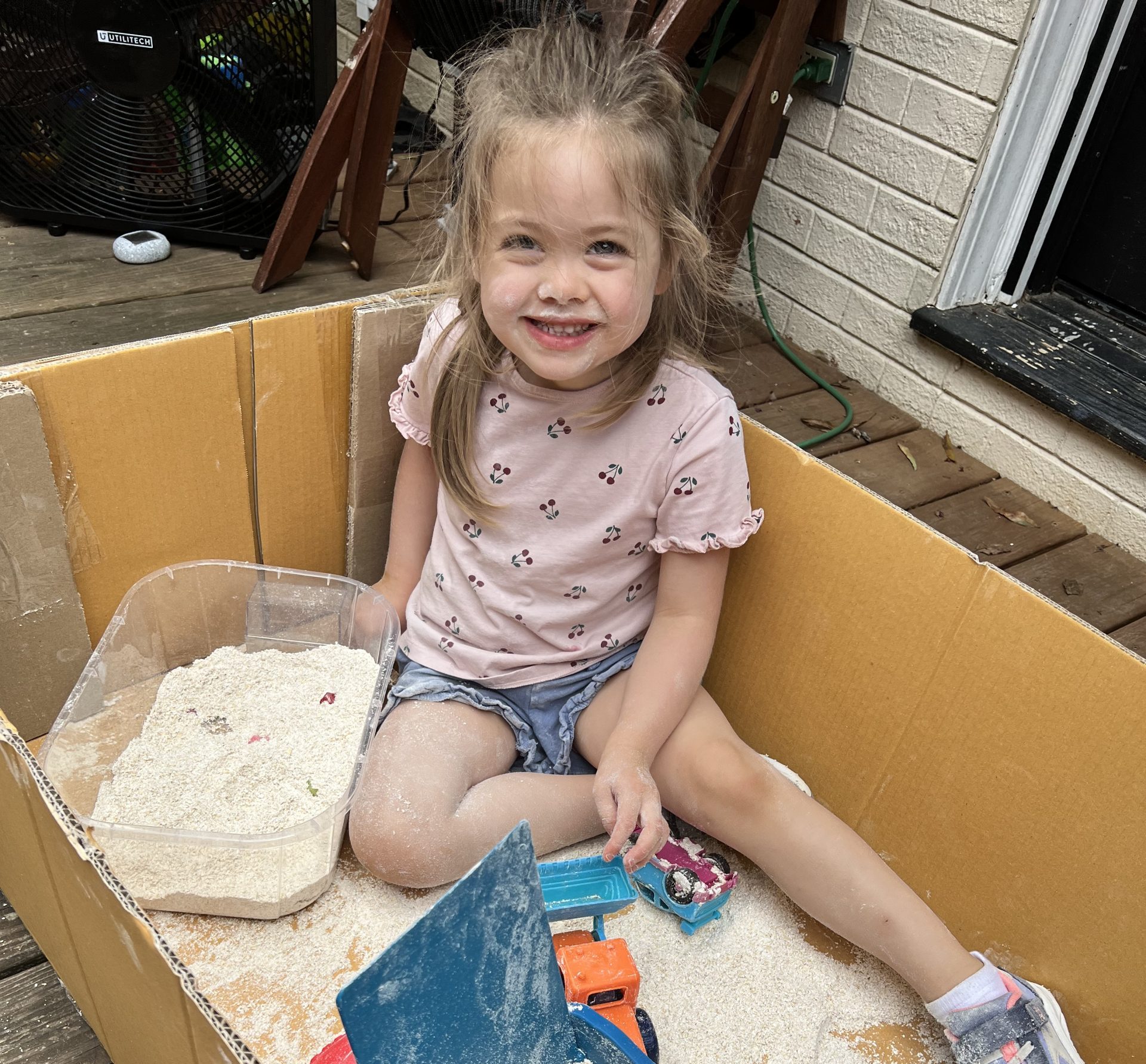

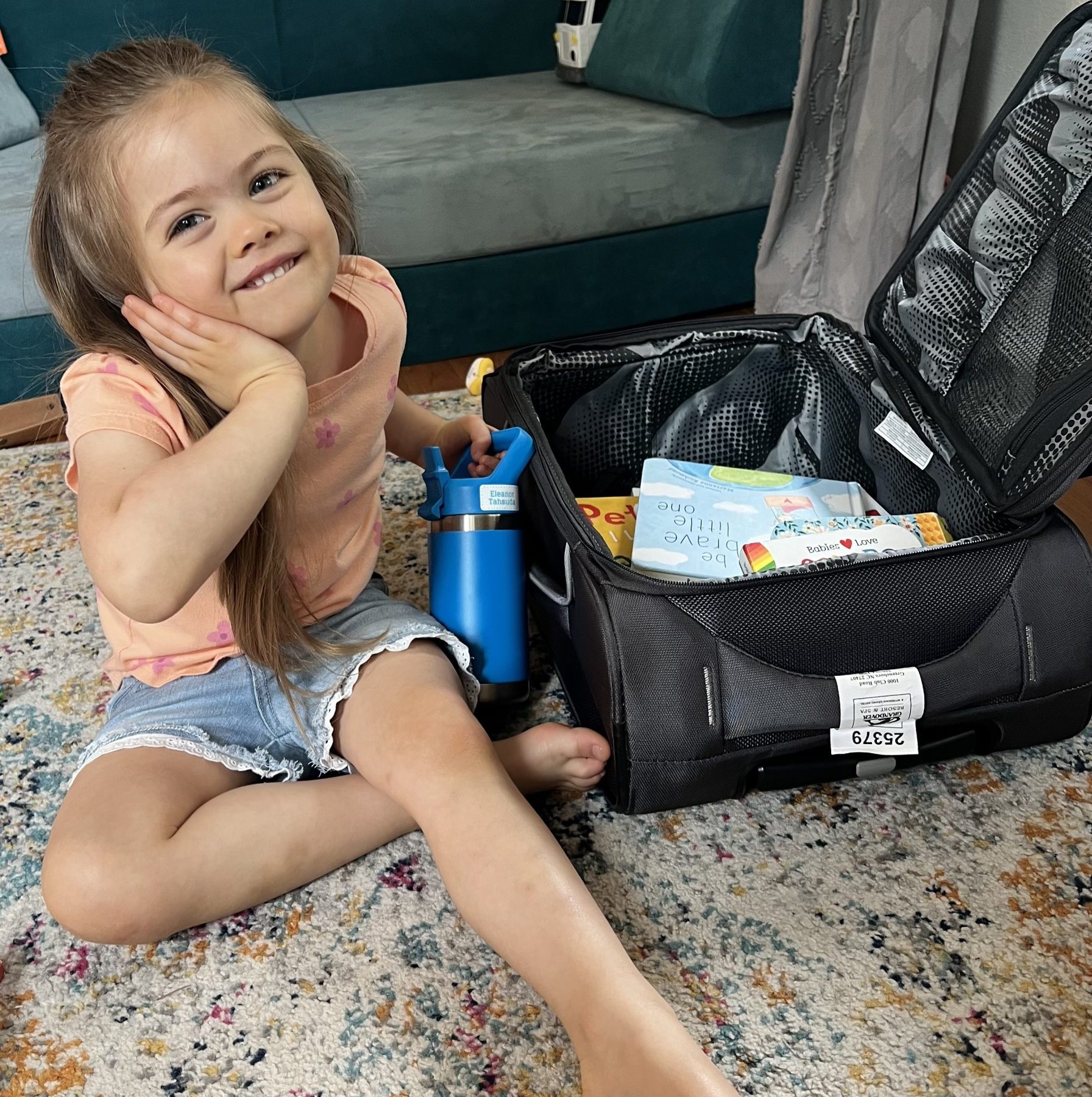
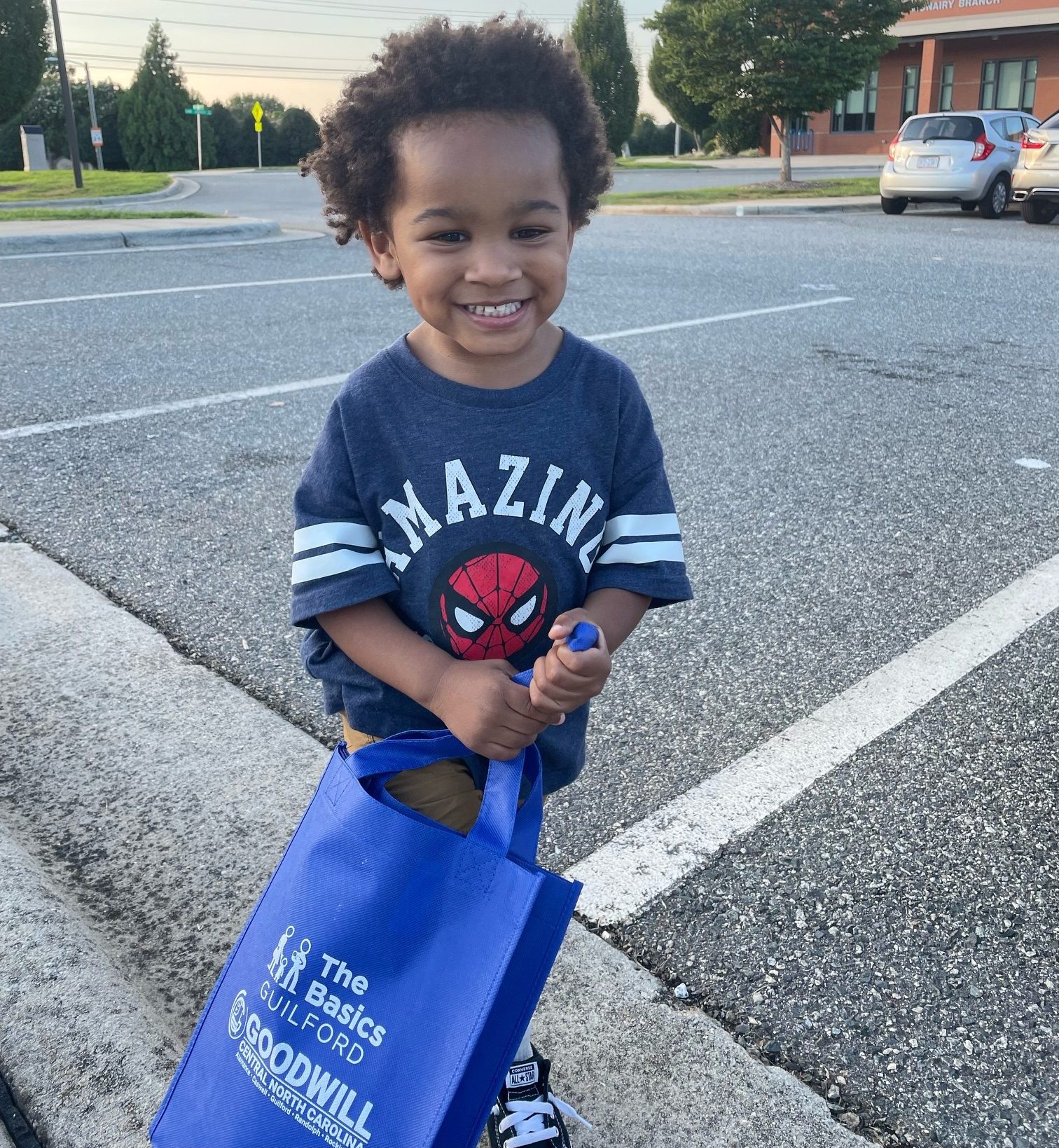

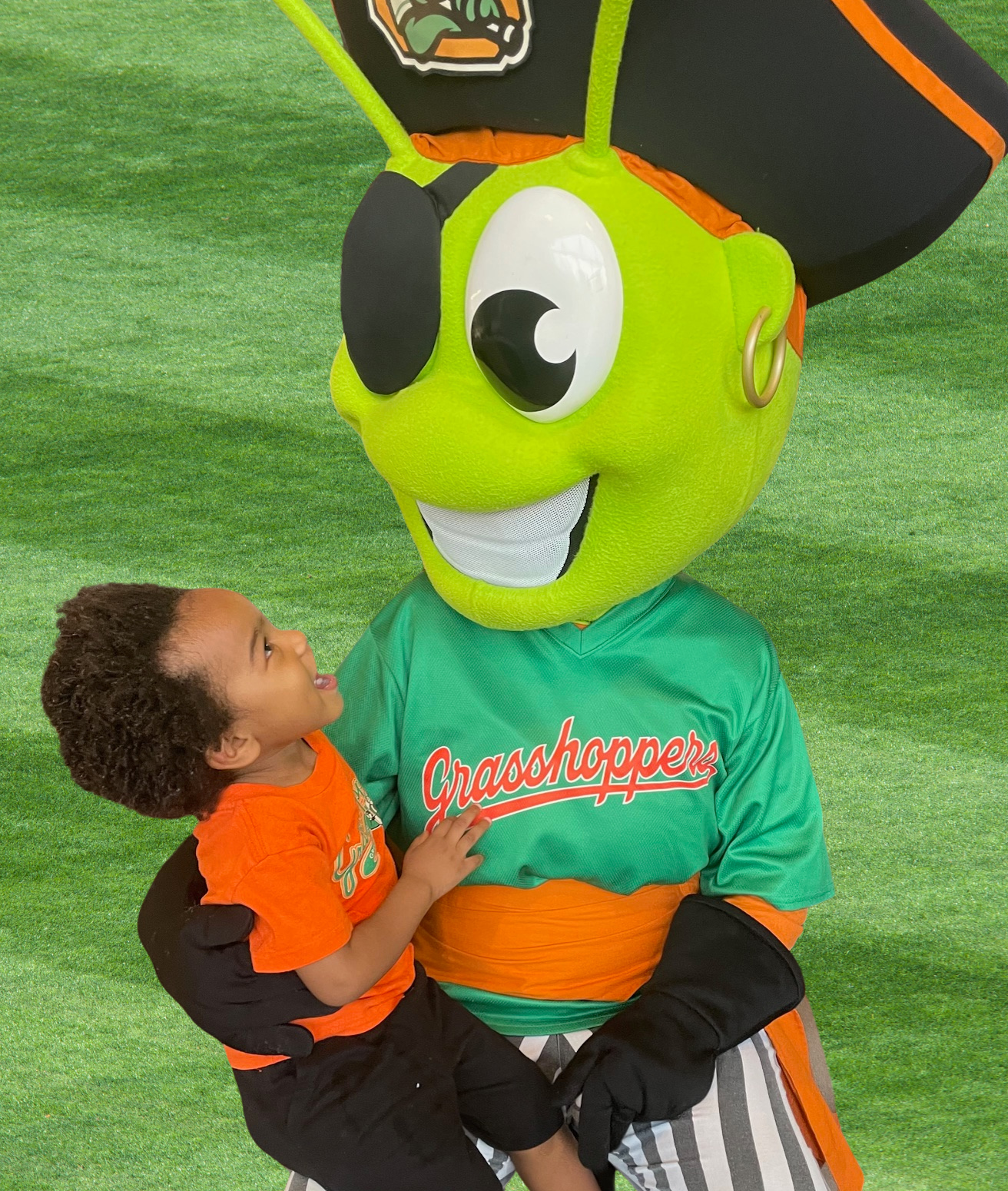
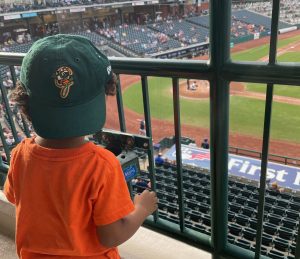 LET’S PLAY BALL | Recently, Titus got to enjoy some baseball and cheer on the Greensboro Grasshoppers! He was thrilled watching the players dash around the bases and score home runs. But the highlight of his day was when he met Guily and hit his own home run in the joy department!
LET’S PLAY BALL | Recently, Titus got to enjoy some baseball and cheer on the Greensboro Grasshoppers! He was thrilled watching the players dash around the bases and score home runs. But the highlight of his day was when he met Guily and hit his own home run in the joy department!